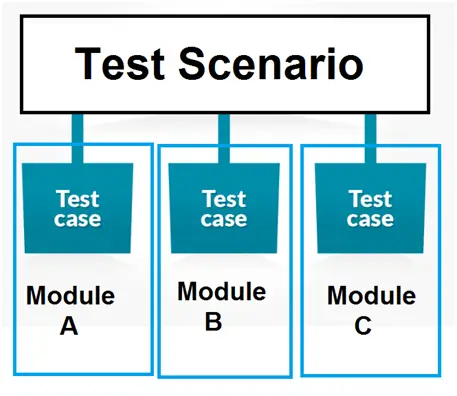Documenting the test cases deals with the documentation part of the developed product, which should have to be prepared before or at the time of software testing. Documenting the test cases will help you estimate the testing effort you will need along with test coverage and tracking and tracing requirements. In this chapter, you will learn to dig into how documentation is beneficial while testing and some other features.
Documentation After Testing
The testing of software is a vital part of the Software Development Life Cycle (SDLC) model. During the testing process, products which need to be developed requires a proper plan and following documentation for better testing and redevelopment. So, most of the companies focus on producing documentation of their product at the development phase.
Documenting is done in graphic format, defining, identifying, reporting various activities, gathering proper requirements and procedures. Documenting is as crucial as the successful development of the product itself.
Why Documentation is Necessary
Proper documentation is necessary as it is the key thing that will able to make testing more precise. A documenting of the project can make the testing procedure easy and planned and help save the company money, effort, and time spent on any particular project. Reviewing the software process becomes easy because of proper documentation. For giant brands like Microsoft, Apple, Oracle, TCS, etc.., the product can be successfully released if there is proper documentation, making it easy to understand the software for any user.
Common Documentation Artifacts
Some commonly applied documentation artifacts associated with software testing are:
- Test Plan
- Test Scenario
- Test Case
- Traceability Matrix
Let's discuss each of these in brief:
- Test Plan: Test plans provide the outline strategy which will be implemented for testing the application, and the resources which will be needed are also described; it also holds the details about in under which environment test will be performed.
- Test Scenario: A test scenario can be considered as a single line statement that notifies the area in which your application will experiment. This artifact is needed to ensure the overall procedure is tested from start to finish.

- Test Case: Test cases engage in collected steps and conditions with inputs that can be implemented at the time of testing. This activity focuses on making sure whether a product went through a set of tests or fails by any means such as functionality or other aspects. Many types of test cases are being checked during testing. These are:
- Functional test cases
- Negative-error test cases
- Logical test cases
- Physical test cases
- UI test cases
- Traceability Matrix: It is also is known as Requirement Traceability Matrix (RTM), which contains a table that sketches the requirements when your product's SDLC model is being created. This documenting artifact can be implemented for forward tracing, which is to go from designing to coding) or can be implemented for backward tracing as well, which is the reverse of the forward tracing.